When you weigh natural grass against synthetic turf, the benefits and drawbacks become clearer once you separate marketing claims from day-to-day reality.
Artificial Turf
Where It Shines
Many property owners choose artificial turf for its predictability and minimal upkeep. You may find these advantages compelling:
- Low routine maintenance: No mowing, watering fertilizing or edging
- Evergreen appearance: Stays uniform through heat waves, heavy rain or shaded corners
- Rapid drainage: Helps keep playing surfaces usable after storms
- Good durability: Great for high-traffic zones such as dog runs or sports sidelines
Where It Falls Short
Despite the convenience, artificial grass isn’t trouble-free. Consider these deeper issues before committing:
- Heat retention: Plastic blades can reach surface temperatures up to 86.5° F higher than natural turf on sunny days, increasing the risk of burns and heat-related injuries on artificial turf for pets and kids.
- Upfront investment: Installation can cost five to ten times more than laying sod and specialized base preparation elevates the price further.
- Limited life span: Most products last 8-15 years before fibers flatten or infill compacts, leading to replacement costs and disposal challenges.
- Environmental concerns: Synthetic materials contribute to plastic waste, potential microplastic runoff and higher urban-heat-island effects.
- Surface hardness: Compacted infill can create a firmer playing surface that may increase impact stress on joints compared with well-kept natural turf.
Natural Grass
Where It Excels
Living turf offers benefits that synthetic alternatives simply can’t replicate:
- Natural cooling: Evapotranspiration, the process of plants releasing water into the air, helps cool the surrounding area by several degrees for a naturally cooler surface.
- Ecosystem benefits: Natural grass provides carbon capture, dust reduction and habitat support for pollinators and beneficial insects.
- Soil health: Proper aeration and fertilization improve drainage, nutrient cycling and long-term turf vitality.
- Climate adaptability: Regionally suited grass cultivars can be selected for optimal performance in your specific environment (see TruGreen’s guide on “Growing the Best Turf Grass”)
Where It Demands More
A green, resilient lawn doesn’t happen on autopilot. Here are the main challenges:
- Ongoing care: Regular mowing, seasonal fertilization, weed control and pest monitoring are essential for a lush natural grass field.
- Water consumption: In dry regions you may need large irrigations of water which could drive up utility bills.
- Weather vulnerability: Extended drought, heavy foot traffic or disease outbreaks can thin grass and require reseeding or sod repair.
- Allergy potential: Grass pollen can irritate sensitive family members during peak seasons.
- Equipment and time: Maintaining a pristine grass lawn means fuel or electric costs for a lawn mower plus several hours of work each month — unless you partner with a professional service like TruGreen, which can take the burden of lawn care services like weed control and fertilization off your plate and keep your lawn healthy year-round.
A natural grass surface acts as a carbon sink, filters air pollutants, supports biodiversity and cools surrounding areas through evapotranspiration. Its roots help prevent soil erosion and promote healthy groundwater. TruGreen’s expert services, including fertilization and aeration, enhance these natural benefits by improving soil health and turf resilience.
Synthetic turf conserves water and reduces emissions from mowing, but it's made of non-biodegradable plastic. It eventually ends up in landfills, can contribute to heat buildup and doesn’t support local ecosystems. However, it’s a strong option in drought-prone areas where water conservation is key.
Ultimately, if long-term sustainability and ecosystem health matter the most to you, natural grass has the edge. But if reduced water use and minimal upkeep are your goals, turf may be the better fit.


 Branch Finder
Branch Finder





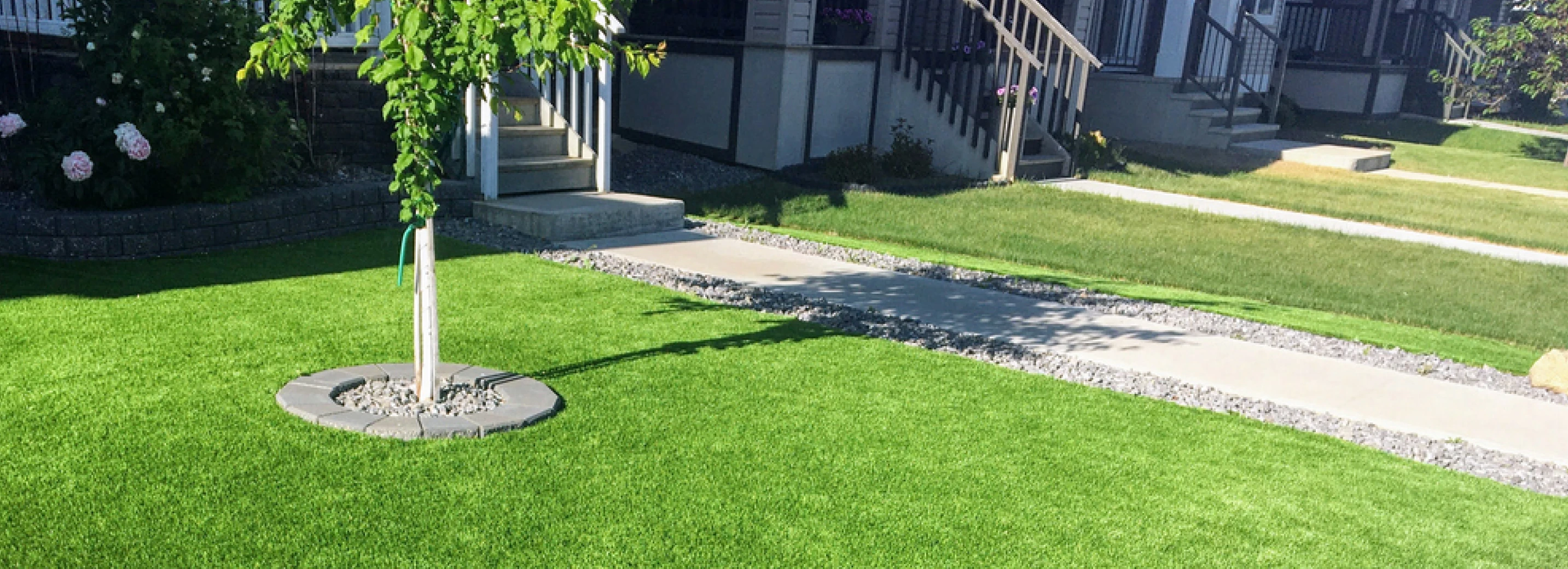




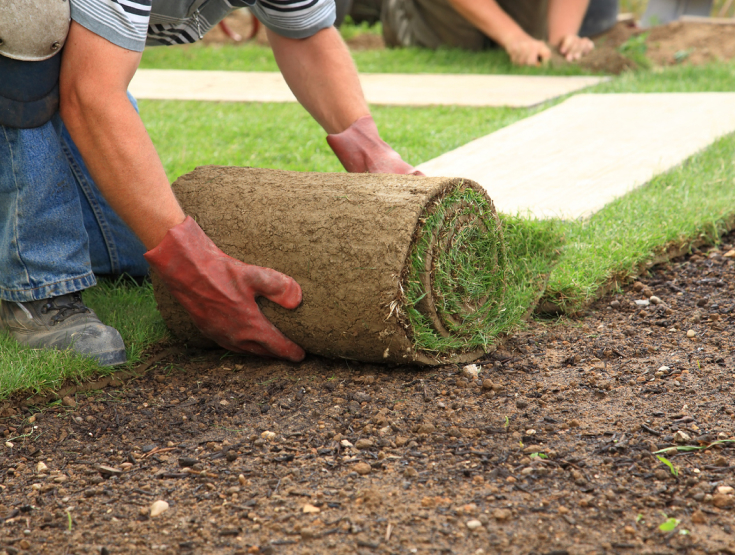
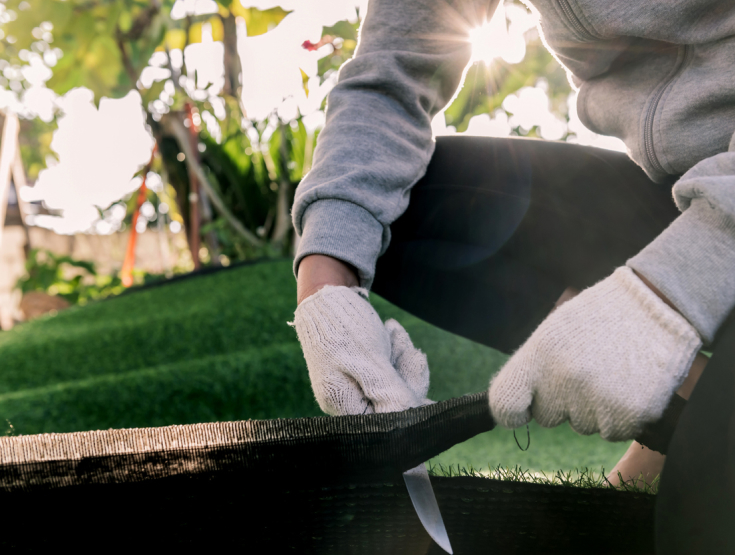
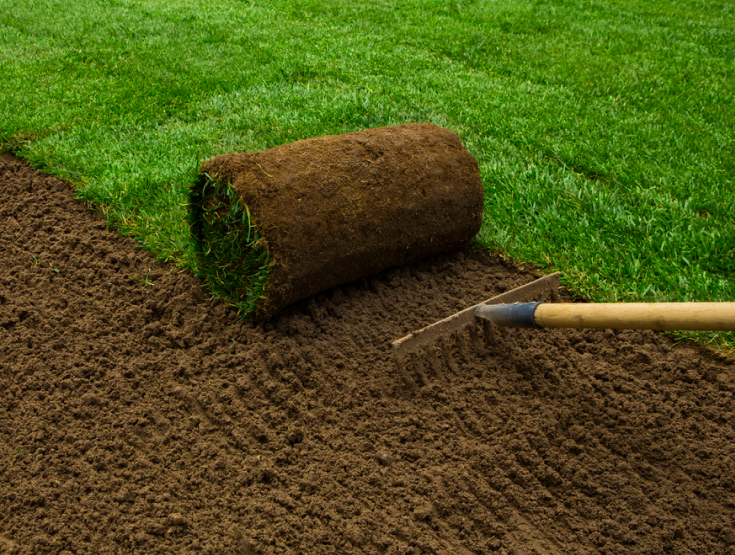
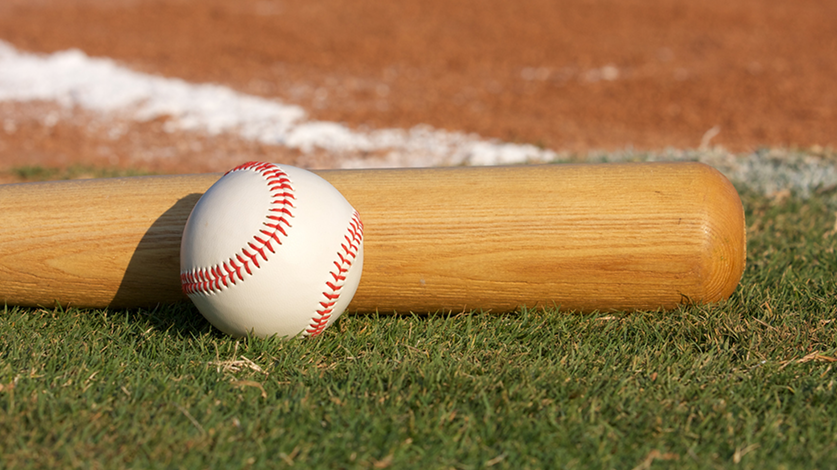
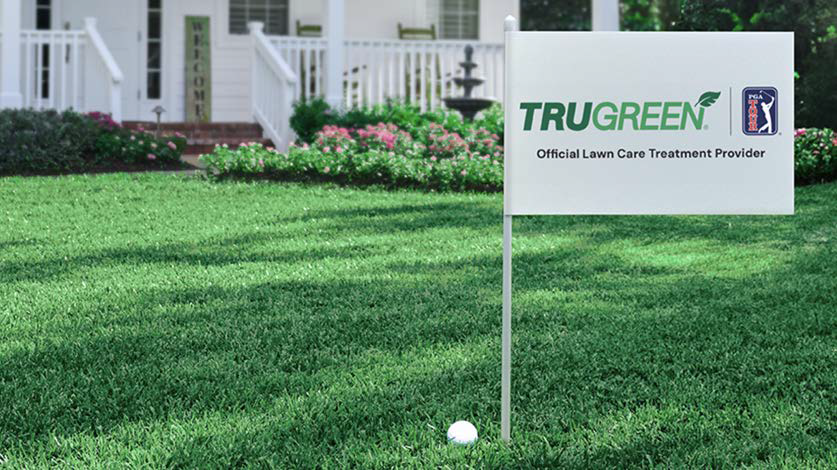
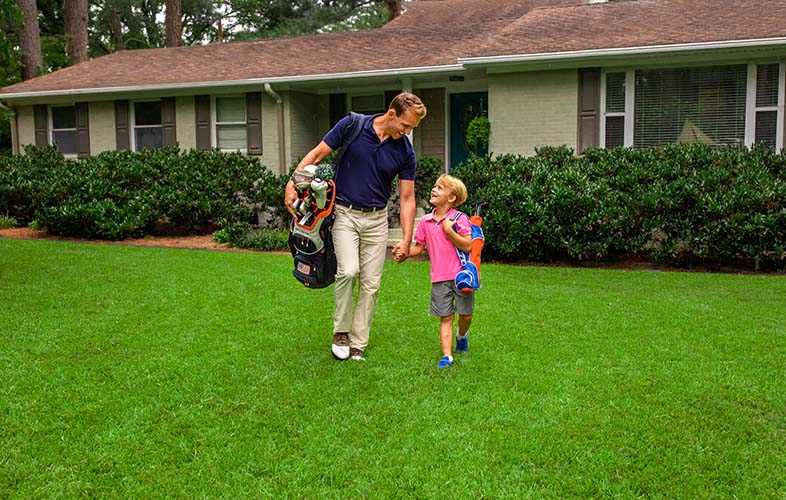
 Back to all blogs
Back to all blogs

Facebook
X
Youtube
Copy Link
Email